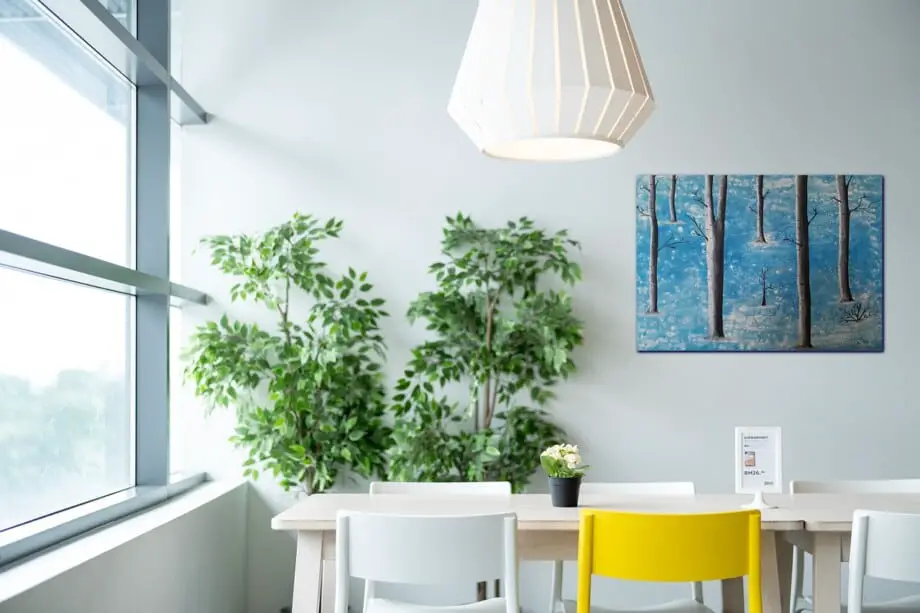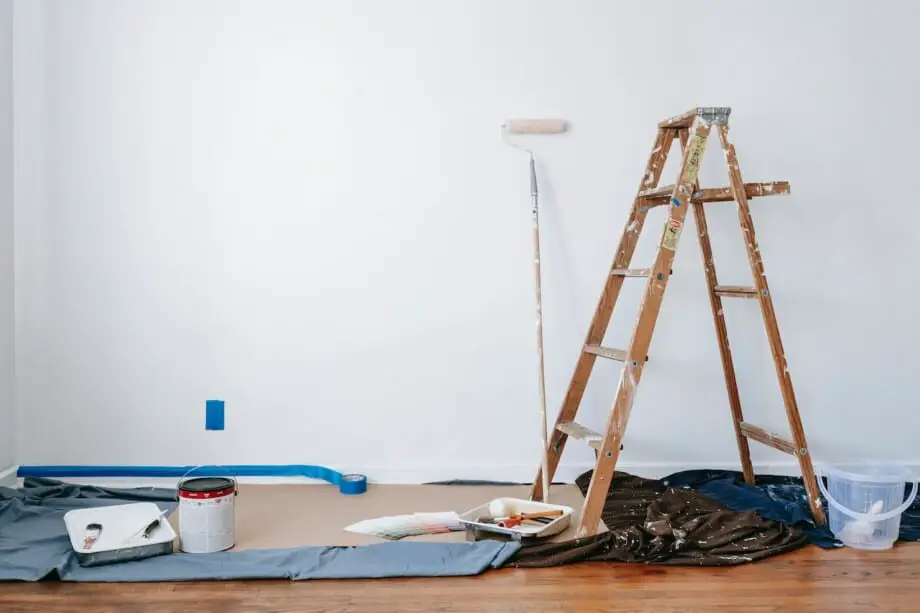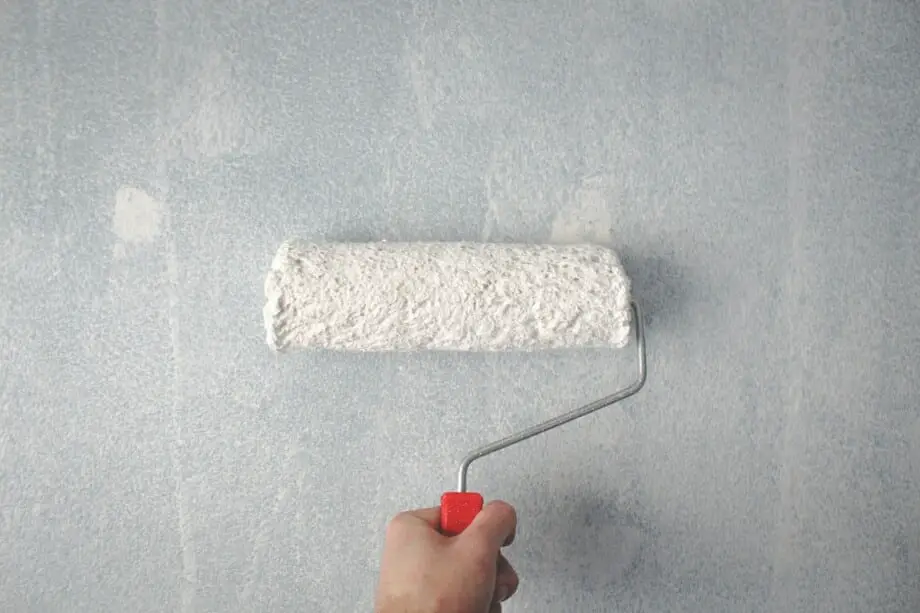Excited to paint your house walls? I was too. But back then, I knew very little about paints, especially how the different seasons affected the application process. Now that I know how important it is to pick the right time of the year to start painting, you can too learn from my experience.
The beginning of the winter and the initial weeks of summer are ideal for painting indoors. Humidity levels at that time are low, and the temperature suits all kinds of paints, such as oil-based or acrylics. However, one must avoid extreme summers to prevent the paint from diluting or extreme winters to prevent paint from thickening.
There is much more to know about how different weather conditions can affect your paint application process. First-timers might be surprised to see how different types of paint react differently to hot, cold, and moderate temperatures, but do not worry, I got your back.
Painting in Spring
Spring is perhaps most people’s favorite season. With winter winds coming to a calm and trees blossoming, it is the perfect weather for all kinds of indoor and outdoor activities. Spring season is also the peak time for renting or selling your property. Painting your house during this season will give it a fresh look and certainly attract the attention of more customers.
Waiting to get the house painted in the summer can add up the expenses, so it is better to utilize the springtime.
Humidity levels are pretty low in spring, eliminating any chance of moisture getting trapped during the painting process.
Moreover, the temperature remains cool throughout the day, which aids in drying the paint faster.
I suggest, spring is a great time to freshen your home and prepare for the coming year if precipitation levels are minimal.
Painting in Summers
Painting your interior in the summer can be pretty beneficial at times. The warm summer air causes the paint to dry faster, and you can complete multiple coats of paint in a day. The bright daylights give you the perfect view for choosing the ideal shade for your rooms.
The paint also gets thinner in consistency due to high temperatures throughout the season. This paint, when applied, gives off a smoother and cleaner finish to your walls.
While there are many advantages of painting homes in summer, there are a few drawbacks to it. The hot weather can cause fatigue and make painting a tiring process.
High humidity is another common problem in summer. It can interfere with drying time despite the warm air. Therefore, you must always check the humidity, but checking the weather channel or using a hygrometer and ensure that the levels are between 40% – 50%.
Sometimes the temperatures get as high as 104°F, and the paint starts cracking. This happens if the base work loses all its moisture before the new coat of paint is applied. To avoid that, ensure the walls are cleared of pipe leakages, or this problem will persist for a long time.
Painting in Fall
While we approach fall, we can prepare our place for the most awaited Christmas season, just a couple of months away. Fall happens to be a great time to paint your interior and prepare the house for upcoming family gatherings and events.
Painting in the last weeks of fall is an intelligent choice as it can prepare you for the Christmas holidays and allow you to flaunt your interior to family and friends.
Since temperature fluctuations throughout the day are minimal, the paint will spread and dry out evenly.
Most professionals agree that it is the best season for indoor painting. A lot of factors contribute to fall as an ideal season for painting, as summers can be pretty hot, while winters are freezing. The perfect balance between hot and cold weather is achieved during the fall.
Another advantage you get is that the chances of precipitation in fall are lesser, and humidity levels remain low. The dry atmosphere and cool breezes throughout the day provide great assistance for the paint to dry and properly bond to the wall surface.
Painting in Winters
Painting in winter has its fair share of pros and cons.
Winters are seasons of lower humidity or, in other words, a drier season which enables quick drying of the paint on the walls. That helps to save time which is speeds up the painting process.
However, the consistency of the paint often becomes denser in extremely cold temperatures. This makes it challenging to adhere to the walls. You can add some thinner to the paint to avoid this problem.
Oil-based paints oxidize slower in cooler temperatures. Moreover, extreme cold temperatures also reduce the evaporation rate of solvents like water, which can delay drying.
As mentioned earlier low humidity can always help speeding up the process, and therefore the best part time in winters specifically are the first few weeks as the humidity and temperature levels are just perfect for interior painting.
| Season | Pros | Cons |
| Spring | Minimal temperature fluctuations spread paint evenly. The inside of your house can look as fresh as the blooming flowers outside. | High precipitation can sometimes hinder painting projects. |
| Summer | Thinner paint consistency results in smooth application. | Extreme heat causes cracking High humidity dries paint slower. |
| Fall | Moderate temperatures ideal for interior painting Low humidity and atmosphere moisture. | Adherence problems if temperature drops as low at 50 degrees. |
| Winter | Low humidity dries paint faster | Dense paint makes application difficult. |
Frequently Asked Questions
What is the best month to paint indoors?
March, April, and November are the most suitable months for painting indoors. The temperature ranges from 50 to 65 ℉, perfect for most oil-based paints.
It is just the right temperature for the paint to dry quickly, and the humidity is relatively low. The paint forms a solid protecting layer with the walls.
Can you paint in temperatures below freezing point?
Painting at temperatures below the freezing point is not possible. The drying time of the paint increases with the decrease in temperature, but at temperatures this cold, the paint can also solidify. Most paints lose their consistency which makes application difficult. Even the special cold-weather paints cannot be applied at temperatures below 35 F.
What happens if it starts to rain while you are painting indoors?
As long as the paint is not coming in contact with the water directly, it won’t affect it all. However, if the paint on the walls hasn’t dried, it may take longer to dry out. Since rain raises the humidity levels, the drying process of the paint is affected negatively.
Does paint fade away faster in summers?
Paint fades away faster when exposed to sunlight directly for more extended periods. There’s hardly any chance of sunlight hitting straight on the interior walls; hence indoor paints are not affected by much sunlight. The fading process of indoor paint remains the same for all seasons.
In a Nutshell
Painting indoors is an exciting activity you can carry out with your family or your best friend. There is no right or wrong season to paint indoors. However, before you begin, check for the temperatures and humidity levels in your surroundings. Most people prefer painting during the winter since the season is the dry season and avoid painting during the rainy season as the humidity levels are at their peak.
Check for our article on best humidity levels and temperature to paint in so there’s nothing left that you could go wrong with.
Let us know if you have any questions in mind, and we would love to answer them.


